Related Research Articles
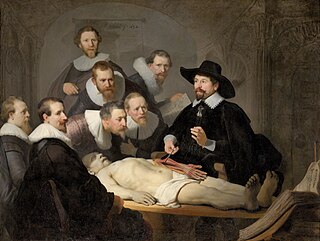
1632 (MDCXXXII) was a leap year starting on Thursday of the Gregorian calendar and a leap year starting on Sunday of the Julian calendar, the 1632nd year of the Common Era (CE) and Anno Domini (AD) designations, the 632nd year of the 2nd millennium, the 32nd year of the 17th century, and the 3rd year of the 1630s decade. As of the start of 1632, the Gregorian calendar was 10 days ahead of the Julian calendar, which remained in localized use until 1923.
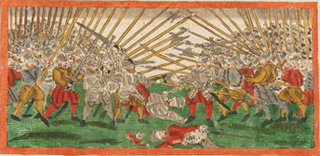
1586 (MDLXXXVI) was a common year starting on Wednesday of the Gregorian calendar and a common year starting on Saturday of the Julian calendar, the 1586th year of the Common Era (CE) and Anno Domini (AD) designations, the 586th year of the 2nd millennium, the 86th year of the 16th century, and the 7th year of the 1580s decade. As of the start of 1586, the Gregorian calendar was 10 days ahead of the Julian calendar, which remained in localized use until 1923.

Graz is the capital of the Austrian federal state of Styria and the second-largest city in Austria, after Vienna. As of 1 January 2024, Graz had a population of 303,270. In 2023, the population of the Graz larger urban zone (LUZ) stood at 660,238. Graz is known as a college and university city, with four colleges and four universities. Combined, the city is home to more than 60,000 students. Its historic centre (Altstadt) is one of the best-preserved city centres in Central Europe.
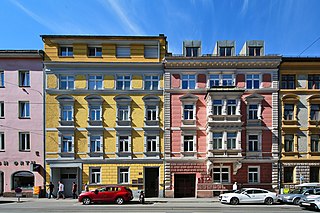
Innsbruck is the capital of Tyrol and the fifth-largest city in Austria. On the River Inn, at its junction with the Wipp Valley, which provides access to the Brenner Pass 30 km (19 mi) to the south, it had a population of 132,493 in 2018.

Leipzig University, in Leipzig in Saxony, Germany, is one of the world's oldest universities and the second-oldest university in Germany. The university was founded on 2 December 1409 by Frederick I, Elector of Saxony and his brother William II, Margrave of Meissen, and originally comprised the four scholastic faculties. Since its inception, the university has engaged in teaching and research for over 600 years without interruption.

Krems an der Donau is a town with 25,271 inhabitants end 2022 in Austria, in the federal state of Lower Austria. It is the fifth-largest city of Lower Austria and is approximately 70 kilometres west of Vienna. Krems is a city with its own statute, and therefore it is both a municipality and a district.

The University of Innsbruck is a public research university in Innsbruck, the capital of the Austrian federal state of Tyrol, founded on October 15, 1669.

Christoph Scheiner SJ was a Jesuit priest, physicist and astronomer in Ingolstadt.
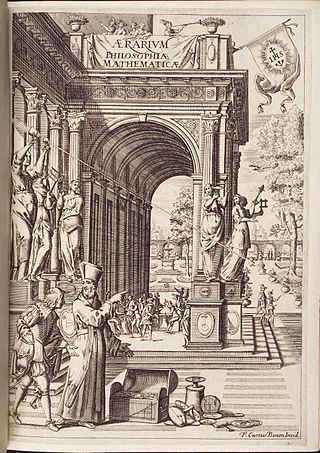
Mario Bettinus was an Italian Jesuit philosopher, mathematician and astronomer. The lunar crater Bettinus was named after him by Giovanni Riccioli in 1651.

Hans Köchler is a retired professor of philosophy at the University of Innsbruck, Austria, and president of the International Progress Organization, a non-governmental organization in consultative status with the United Nations. In his general philosophical outlook he is influenced by Husserl and Heidegger, his legal thinking has been shaped by the approach of Kelsen. Köchler has made contributions to phenomenology and philosophical anthropology and has developed a hermeneutics of trans-cultural understanding that has influenced the discourse on the relations between Islam and the West.
Sattler's layer, named after Hubert Sattler, an Austrian ophthalmologist, is one of five layers of medium-diameter blood vessels of the choroid, and a layer of the eye. It is situated between the Bruch's membrane, choriocapillaris below, and the Haller's layer and suprachoroidea above, respectively. The origin seems to be related to a continuous differentiation throughout the growth of the tissue and even further differentiation during adulthood.

August von Rothmund was a German ophthalmologist from Volkach, Lower Franconia.

Ludwig Mauthner was an Austrian neuroanatomist and ophthalmologist who was a native of Prague.

Johann Ruderauf or Johannes Remus Quietanus was a German astronomer, astrologer and doctor. He maintained correspondence with Galileo Galilei, Johannes Kepler and Giovanni Faber, a pontifical botanist. He is one of the first four observers of transit of Mercury that happened on 7 November 1631.

Norbert Pümpel is a visual artist who lives and works in Drosendorf an der Thaya in Austria.
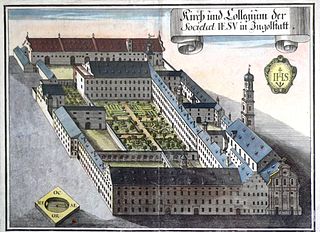
The Jesuit College of Ingolstadt was a Jesuit school in Ingolstadt, in the Duchy and Electorate of Bavaria, founded in 1556, that operated until the suppression of the Jesuit Order in 1773. The college was the headquarters of the Jesuits in Germany, and became a center of the Counter-Reformation. Many of its members taught at the University of Ingolstadt.

Nicolae Blatt was a Romanian ophthalmologist, surgeon, and medical researcher. He was the founder of the first Romanian journal of ophthalmology, "Revista de Oftalmologie" and he published numerous research papers and monographs in foreign ophthalmology journals. and foreign publications'. He was the official ophthalmologist to the Romanian Royal Court from 1931 to 1947 and during World War II secretly helped Queen Helen of Romania rescue Jewish families from concentration camps. Blatt held the positions of University Professor, Chair of the Clinic and Laboratories of the Department of Ophthalmology at the University Hospital of Timișoara, and the position of Chair of Ophthalmology at the "Institute for Specialization and Perfecting of Physicians" that was part of Carol Davila Medical University in Bucharest. He was a pioneer in research into trachoma, congenital cataracts, modern extracapsular cataract extraction, corneal transplantation and strabismus. During the Cold War the Romanian Workers' Party victimized him because of his past relations, scientific and political views. After the publication of his journal in Bucharest in 1949, he was labeled a "traitor and enemy of the glorious Romanian Popular Republic". He successfully left Romania in 1964. Shortly before his death he was nominated Guest Professor of Ophthalmology, and given a research laboratory, at the Goethe University Frankfurt in West Germany.
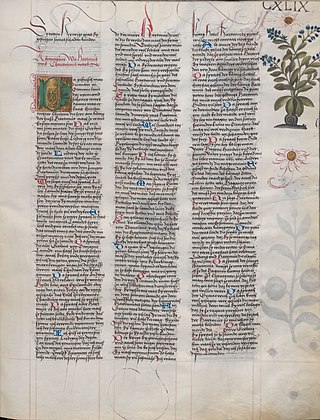
The Ambraser Heldenbuch is a 16th-century manuscript written in Early New High German, now held in the Austrian National Library. It contains a collection of 25 Middle High German courtly and heroic narratives along with some shorter works, all dating from the 12th and 13th centuries. For many of the texts it is the sole surviving source, which makes the manuscript highly significant for the history of German literature. The manuscript also attests to an enduring taste for the poetry of the MHG classical period among the upper classes.
Hermann Max Bruno Sander (23 February 1884, Innsbruck – 5 September 1979, Innsbruck) was an Austrian geologist. He is known, along with Walter Schmidt (1885–1945), for founding petrofabric analysis.
References
- ↑ Kürschners Deutscher Gelehrtenkalender, vol. 1, 2014, p. 580
- ↑ Lexikon für Theologie und Kirche, vol. 9, Sp. 120-121 (2000): Christoph Scheiner. Lexikon für Theologie und Kirche Österreichisches Biographisches Lexikon 1815-1950: Karl Skutetzky, Peter Stoffella d’Alta Rupe, Emil Richard Stoffella d’Alta Rupe, Richard Seefelder. Neue Deutsche Biographie: Oswald Thomas. Vol. 26, Sp. 185-186 (2016) Biographisch-Bibliographisches Kirchenlexikon: e.g. Adam Tanner, Camillo Trotter, Christoph Grienberger, Christoph Scheiner. Archived 2016-03-04 at the Wayback Machine
- George Ouwendijk: Franz Daxecker, The Physicist and Astronomer Christopher Scheiner: Biography, Letters, Works. In: Renaissance Quarterly, Vol. 58, No. 1, 294–295 (Review).